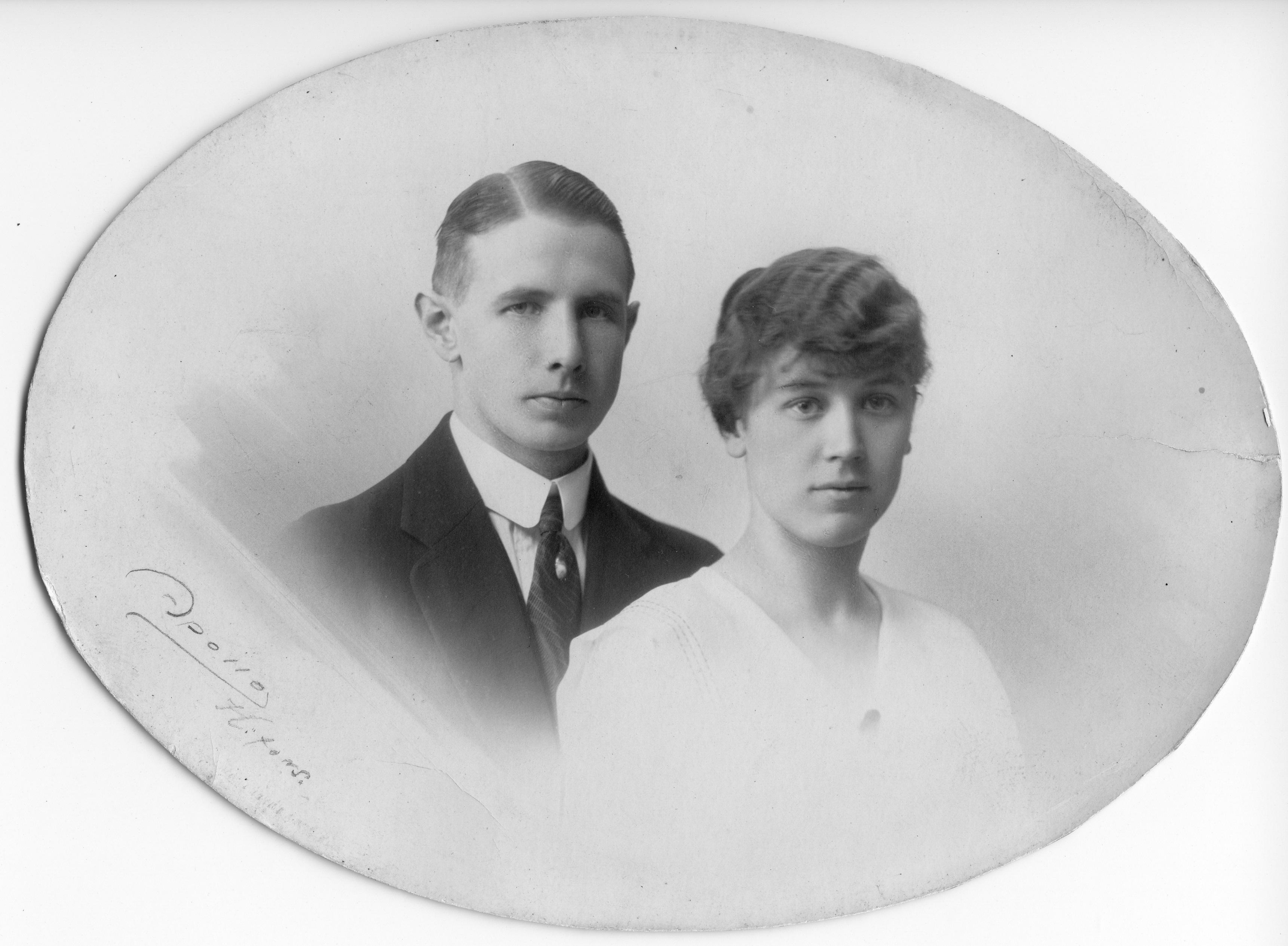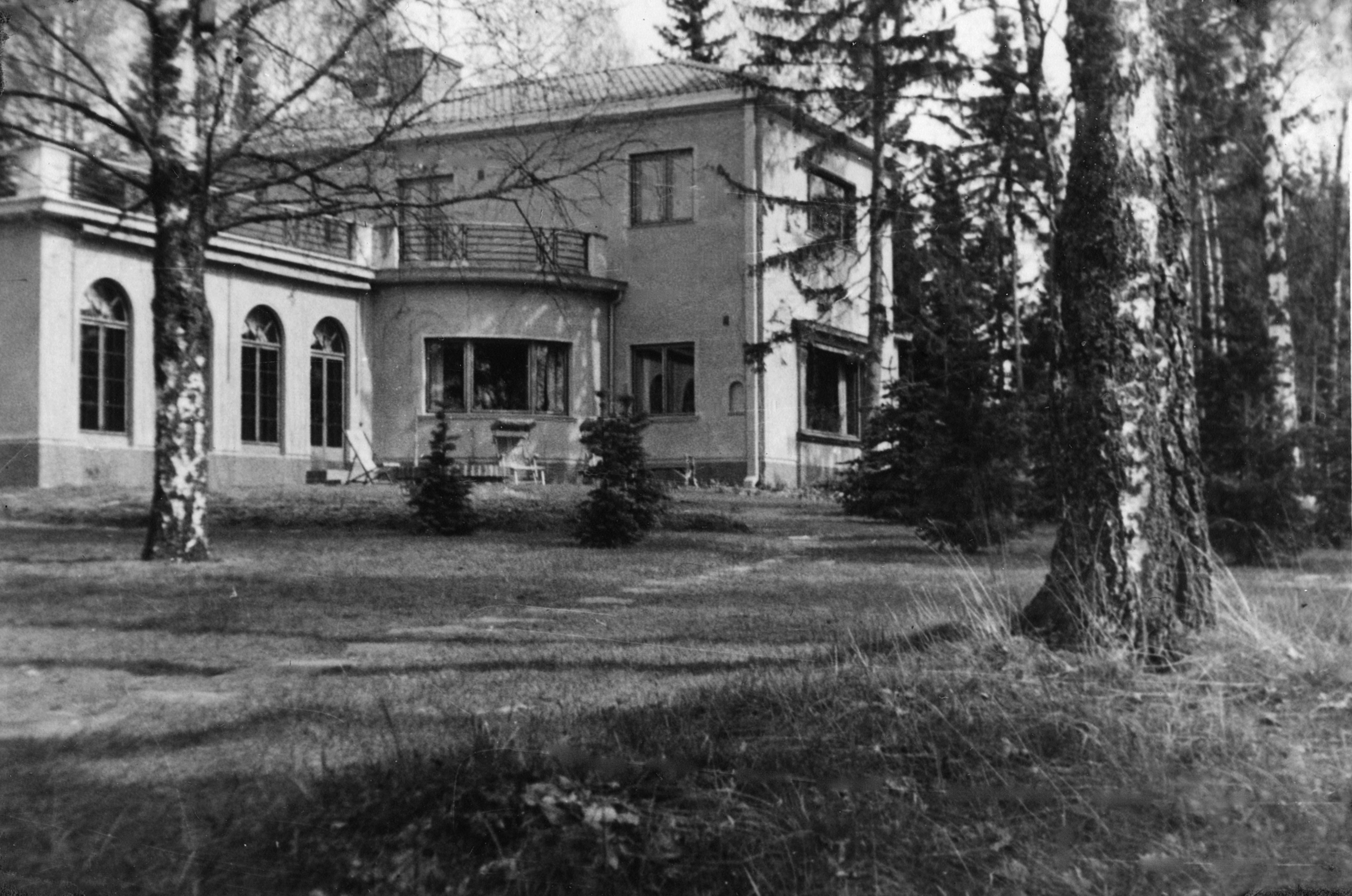History
Villa Gyllenberg is maintained by Signe and Ane Gyllenberg Foundation, that was established in 1949 by the Finnish banker Ane Gyllenberg (1891–1977) and his wife Signe Gyllenberg (1896–1977).
Ane Gyllenberg was a banker at the brokerage firm Tom Sahlberg Ab in Helsinki. He married Signe Säfström, who worked as a bank teller, on Finnish Independence Day 1919 and they welcomed twin daughters Margareta and Marianne the following year. During the recession of the 1920s, Ane was laid off from the bankrupt brokerage firm. He had also engaged in the real estate business and in 1925 was able to acquire the brokerage business. With hard work, the business began to thrive and in 1936 changed its name to Bankirfirman Ane Gyllenberg Aktiebolag. His financial success made the art collection and construction of Villa Gyllenberg possible and ultimately laid the ground for the museum's and Foundation's work today.

Ane Gyllenberg planned Villa Gyllenberg together with his brother Börje. Architect Matti Finell was selected to compile the final drawings for the house, which was completed in 1938. The vision for the villa was based on Gustav III's pavilion in Albert Edelfelt’s painting Bellman Playing Lute for Gustav III of Sweden and Gustaf Mauritz Armfelt at Haga (1884), which Ane gave Signe as a wedding gift. When Villa Gyllenberg was completed, the family moved to Kuusisaari from their apartment at Puistokatu 5 in Helsinki. Their grown-up daughters moved out a few years later, but the villa remained Signe and Ane's home for the rest of their lives.

The garden held a very special place in the hearts of the Gyllenbergs, and they spent a lot of their time there. The first plans for it were made by the most renowned garden architect of the time, Paul Olsson, and included old trees combined with planted perennials and shrubs that the gardener Eino Lindholm made sure were always well maintained. The southeastern end of the plot was dominated by berry bushes and apple trees, the fruit of which was stored over the winter. Ane also showed an interest in biodynamic cultivation.
Ane Gyllenberg was a collector by nature. His first purchase was a seascape by Mikael Stanowsky in 1909 for 5 marks. Over the years, he filled his home with porcelain, silver and, above all, paintings. His good friend, art dealer Gösta Stenman, often acted as an advisor and supplied Ane with paintings by Helene Schjerfbeck and others. The villa was decorated as a tasteful upper-class home complete with the couple's art collection and conveyed their interest in beauty and spirituality.
The couple shared an interest in spirituality and established the Signe and Ane Gyllenberg Foundation in 1949. The aim was to support medical research on psychosomatics and blood diseases, and to manage the art collection. Both Signe and Ane passed away during 1977 and the couple's wish that Villa Gyllenberg become a museum was realized in 1980.